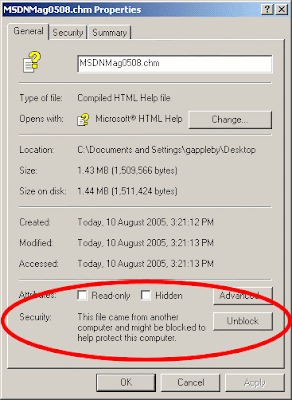I spent almost all day yesterday searching how to assign custom actions on the R2H hardware buttons, and I finally found the
NP's Asus Notebook Keys 1.3. See below a couple of details specific to R2H.
I found that most of the buttons on R2H are assigned standard behavious like page up/down, left/right click up/down, enter etc, only 3 buttons allowing custom actions: bottom left, bottom right and wireless button (top).
In Windows XP, the handler for the left hardware button is DMEDIA.EXE, that is responsible for looking and starting Program Launcher; the right button is the SettingPage.exe, that is the settings page where you can change brigthess, sound volume etc. If you are going to customize either buttons, you can also stop the process from running using Autoruns - do not delete the entry as you may want to get it back sometimes, unticking should do just fine. Vista should have something very similar, to be honest I have only installed the Settings Center. If you are using that like me, you can customize say the left button to load Vista's Mobility Center.
.png)
Now, as you've extracted the AsusNbKeys_v1.3.zip archive, anywhere say C:\Program Files\Asus Notebook Keys, first run AsusNbKeys.exe, then run AsusNbKeysCtrl.exe.
If everything works fine, you can now define the custom actions, say on the left button to start Notebook Hardware Control. Click "Add new event", push the left button on the unit to register it, type in a description, tick the "Execute file" box, and use browse button to select the program. When finished click the "Save" button at the top.
.png)
You only need to create entries for the buttons you want customize, otherwise the default actions should still apply - the above is just an example with custom actions on all three buttons.
When finished creating the custom action entries, click the Save all changes to system and then Close. Now you can test the new custom actions.
The only thing remaining is to set the AsusNbKeys.exe to start when you logon, you can either put a shortcut in Start > Programs > StartUp or manually create an entry in registry in HKLM\SOFTWARE\Microsoft\Windows\CurrentVersion\Run.








.png)
.png)


